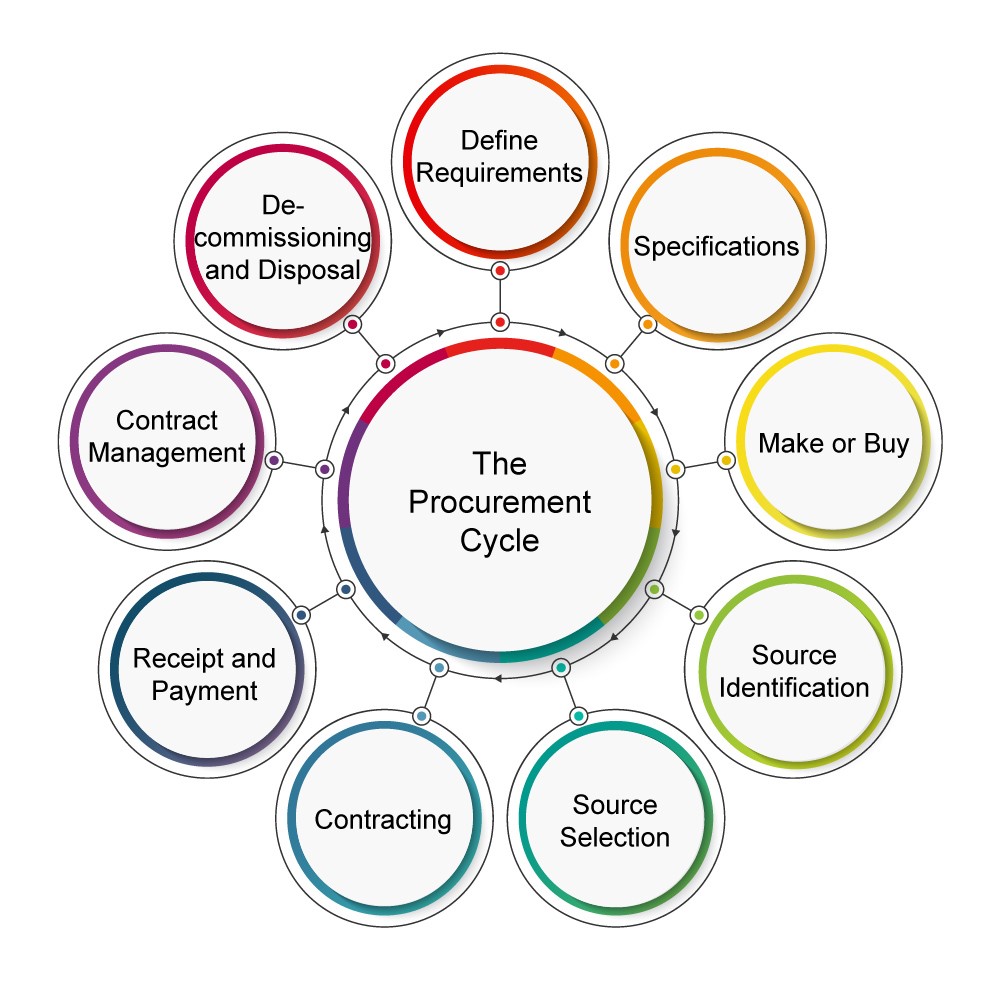
DLC Training are Experts in Procurement. With a team of Tutor’s, who have carved lifelong successful careers working in the industry, there isn’t much we don’t know and love about Procurement. What’s even greater is that we love sharing our insight and knowledge with Professionals across the globe who are building, or considering, a career in Procurement.
Procurement Focus has been created to shine a light on some of the biggest focuses and talking points for Professionals passionate about Procurement and the important part it plays in modern business. We have topics on the difference between Procurement and Purchasing, what you need to know about your suppliers, how modern technology is impacting today’s Procurement processes, the challenges that need to be met to succeed in Procurement and we take a look at the two biggest global providers of Procurement Qualification’s, CIPS and IoSCM, comparing their range of courses to help those Professionals looking to enhance their industry knowledge to get ahead in the exciting world of Procurement.
Welcome to the first topic of Procurement Focus;
There is a lot of discussion and disagreement regarding the terms purchasing and procurement and are they interchangeable, yet despite their similarities, they do have different meanings.
Procurement is essentially the overarching function describing the activities and processes which are used to acquire goods and services for an organisation, within which the purchasing activity can be found.
Procurement involves the process of defining requirements, specifications, market research, vendor selection, and negotiation of contracts including establishing payment terms, ongoing strategic supplier vetting/monitoring and the actual purchasing of the goods or services.

Definition of Procurement
Procurement is the process of obtaining all the goods and services required by an organisation from external sources.
Procurement involves a variety of roles and activities carried out within the supply chain. These activities will change from one organisation to another with differing aspects of procurement being more or less important depending on the individual circumstances of the organisation. Whatever the organisation’s core activity or the environment in which it operates there are synergies in the elements of procurement that tend to be carried out in most organisations.
The most common areas relate to:
- Use of specifications;
Performance specifications outline what the product or service is to do or achieve. This covers its output requirements, tolerances and any function it may have to perform. Performance specifications are shorter and less complex than Conformance specifications.
Conformance specifications detail exactly what the product or service will consist of. The supplier will not necessarily be aware of what the product will be used for or how it will be used. The only important factor is that the supplier offers a product or service that conforms to the specification. Examples of conformance specifications are recipes for food or chemical formulae.
- The sourcing and selection of suppliers; once the specification is produced and approved, the supply market research can start. There are two ways that organisations can identify the sources needed.
1….The Organisation may use a list of approved suppliers from its existing supplier database to see if they can source the product from one of them
2…The organisation may need to identify new suppliers through external identification databases, internet research or sales representatives. The organisation needs to develop a strategy and follow through with the supplier that gives the best product or service for the business to fulfil their need.
- Negotiation of contracts and placement of purchase orders; In order to ensure that the organisation is getting the best value for its money, it will use some form of competitive procurement process. The need to ensure that this process is fair, both to the buying organisation and to those bidding in the process, has given rise to a range of rules and requirements. The first step in a contract question is always to make sure that a contract actually exists. There are certain elements that must be present for a legally binding contract to be in place.
The first two are:
- An offer: an expression of willingness to contract on a specific set of terms, made by the offer or with the intention that, if the offer is accepted, he or she will be bound by a contract.
- Acceptance: an expression of absolute and unconditional agreement to all the terms set out in the offer. It can be oral or in writing. The acceptance must exactly mirror the original offer made.
In terms of commercial purchasing, acceptance is usually one of the following:
- Acknowledgement of the order.
- A purchase order sent to a supplier in response to a quotation.
Offer and acceptance, taken together, form an agreement, sometimes known as ‘consensus ad idem’. In any potential law-suit when proving that a contract existed this is the first issue to be confirmed.
Consideration
The third element is consideration i.e. what the purchaser gives to the seller in exchange for the goods or services. Generally this will be money, although the law only states that consideration must be ‘something of value’ thus recognising; barter, swapping, and exchanging one
Capacity
Fourth, in commercial purchasing it is important to consider which staff members have capacity to contraction on behalf of the company for which they work (for example would you allow the cleaner to make a contraction behalf of the organisation? It is unlikely).
Legality
Finally, the law will not support any contract for an illegal purpose, even if all of the necessary elements are in place. For example drug-dealing or arms trading would fall into this category.
- Supplier performance management. Evaluating the performance of suppliers is an extremely useful exercise. Just because a procurement professional has done their research and awarded a contract or a purchase order to the most suitable supplier, it does not guarantee supplier performance. The performance and delivery of the supplier should always be monitored and evaluated. Key Performance Indicators or KPI’s are used within procurement to monitor and evaluate the performance of suppliers. KPI’s can be Qualitative (measures Quality) or Quantitative (measures Quantity). KPI’s can be incorporated into a supplier contract to help maintain performance standards and failure to meet the KPI’s can result in the supplier contract to be terminated.
The next topic of Procurement Focus explores what Procurement Professionals need to know about their suppliers and why.
In the meantime if you would like to find out more about our range of Procurement Qualifications or have any questions about which course would aid you with achieving your individual development aims speak with one of our Experts today.